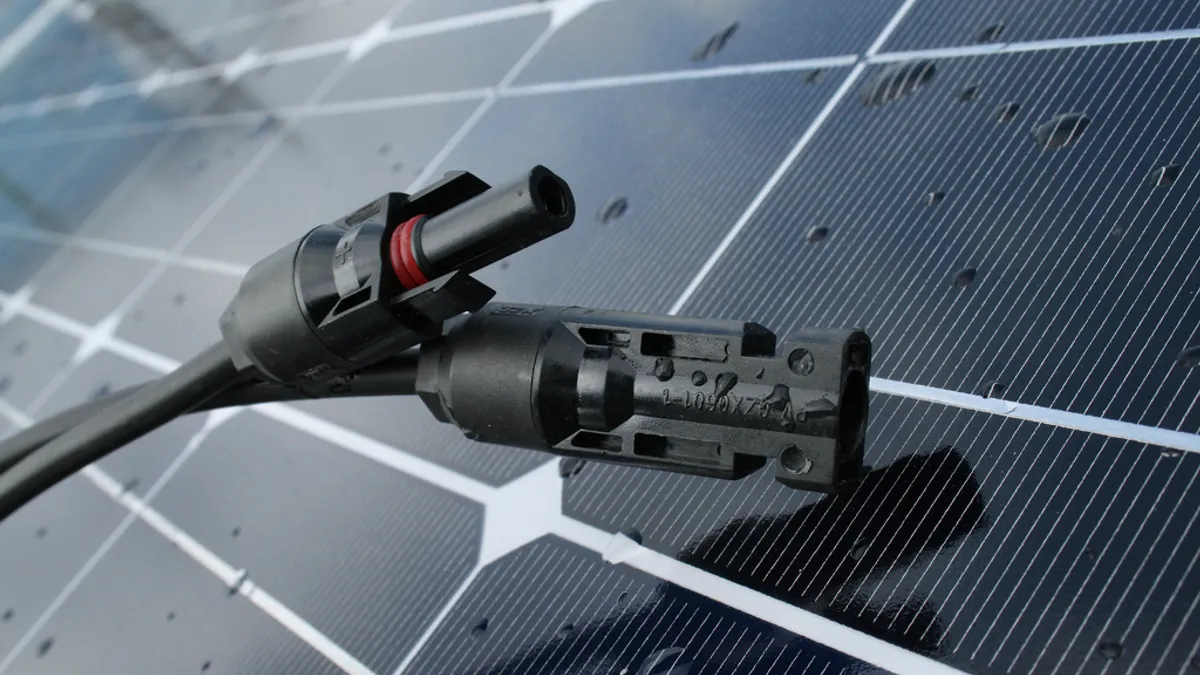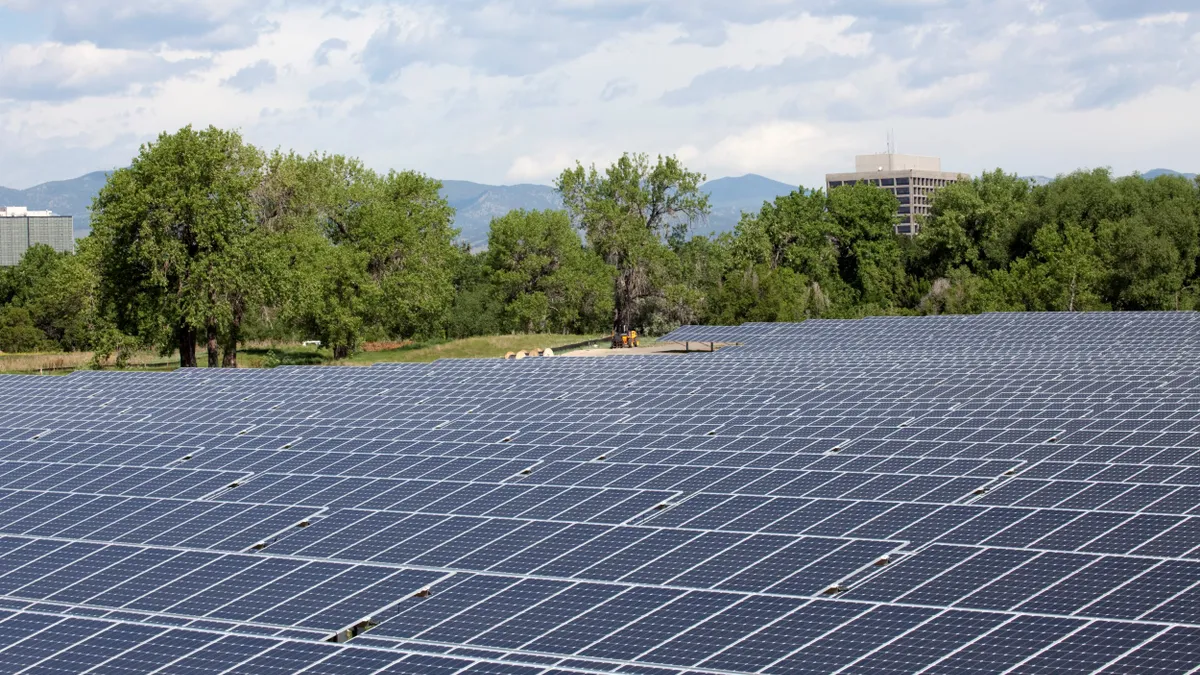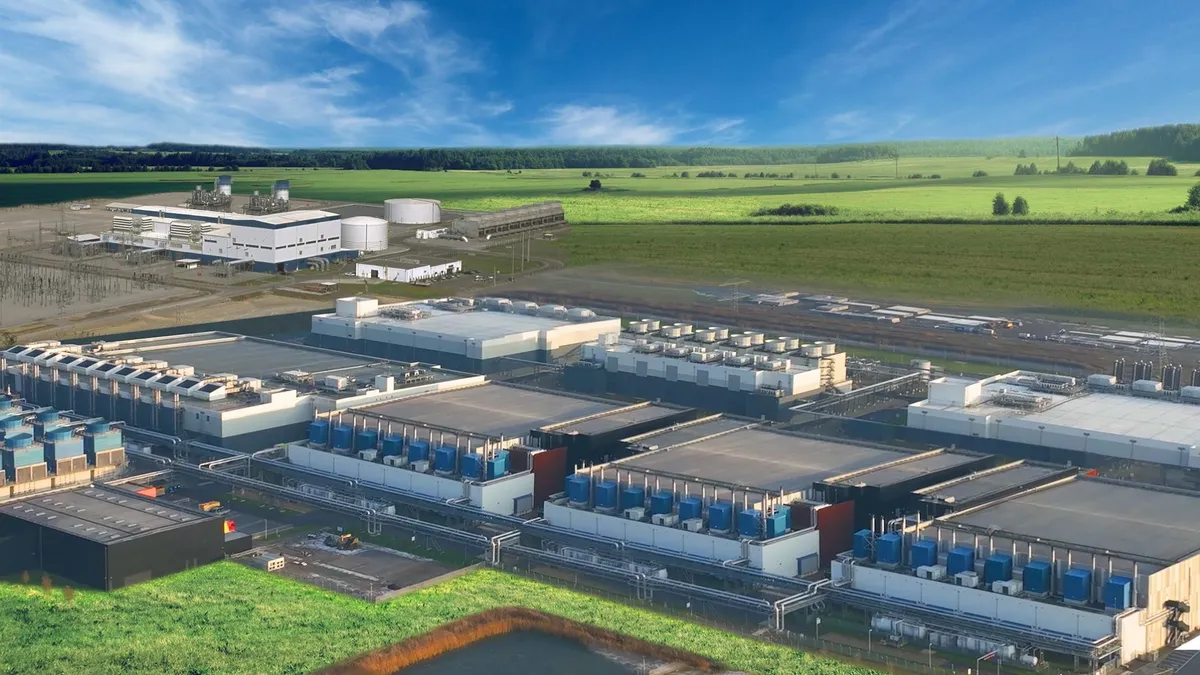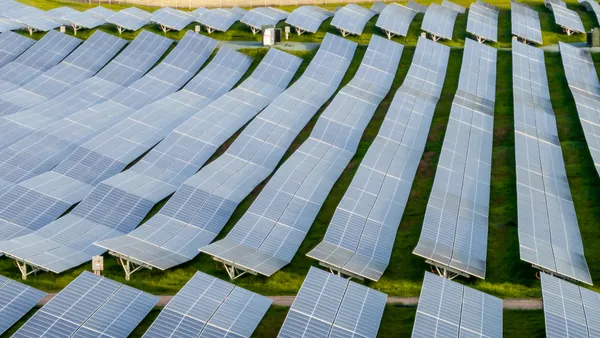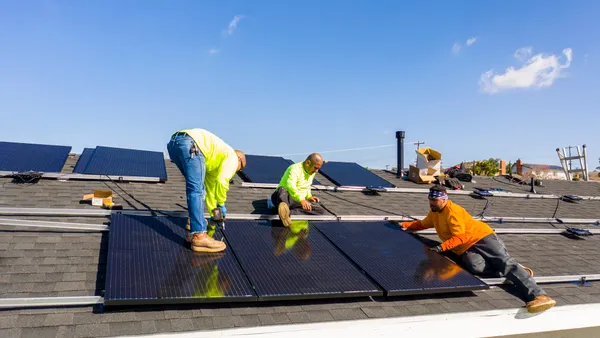Dive Brief:
- Reflecting advances in battery storage and pricing, IHS is now predicting that 9% of solar photovoltaic systems in North America will include attached storage in 2018.
- Led by commercial systems, IHS expects 700 MW of PV systems with energy storage will be installed by 2018, compared to just 30 MW in 2014.
- The North American residential market for PV systems with attached storage will be limited, IHS said in its new "Energy Storage in PV Report - 2014," as the only real incentive for homeowners to install these systems is to provide back up for power blackouts.
Dive Insight:
Commercial buildings — many subject to peak demand charges, which are based on the maximum power drawn from the grid during the billing period — are likely to lead the charge towards solar-plus-storage systems, according to IHS. The charges can make up a significant portion of a business’s electricity bill, but using a battery and PV to reduce peaks in grid power consumption can reduce these costs significantly, the firm said.
“The commercial PV energy storage market in the United States has gained huge momentum in recent months,” said Sam Wilkinson, research manager for solar and energy storage for IHS Technology. “Leading suppliers are currently offering highly successful ‘no-money-down’ sales models to customers, and they have also gained the backing of major investors.”
For residential customers, however, IHS has more moderate expectations. Although having a source of back-up power is desirable, the firm pointed out, particularly in areas that have experienced long blackouts, it is rarely valued enough to justify the high cost of a battery system.
IHS said that in a number of markets in Europe, such as Germany, Italy and the United Kingdom, the economics of a residential PV system are improved when the system owner is able to increase the amount of power that they self consume, which has been the primary reason the PV energy storage market in those regions has developed more than it has in North America.
“Incentives, like the Self Generation Incentive Program offered in California, are also making the economics of such systems extremely attractive; but there is no guarantee that electricity tariff structures won’t be adjusted, which could affect the economics of existing systems,” Wilkinson said.



